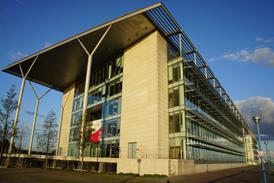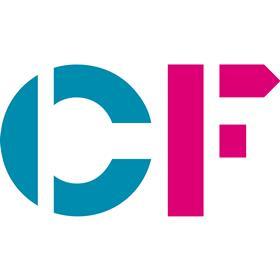Danny Silk, consulting manager at Carnall Farrar, explains how health and care leaders are shifting their approach to balance winter pressures, covid-19 waves and elective activity.
Today’s leaders across health and care are at the helm during a time unlike any other.
When covid-19 rates first spiked, teams across local, regional and national levels switched gears virtually overnight from business as usual to rapid emergency response. They created and maintained capacity for unknown volumes, ready to accommodate patients with varying profiles and degrees of need. They adapted to new ways of working, embraced new technology at scale, and, as much as possible, kept the ship afloat.
While a reactive, emergency response defined the early days of the pandemic, leaders have since recognised that they must operate more proactively and flexibly. This is not “just another winter” ahead, and how leaders navigate the coming weeks should feel anything but routine.
Our team has spoken with more than 35 health and care leaders in recent weeks to hear their reflections and to discuss what matters moving forward. Rather than bracing for temporary hardship before a return to normalcy, leaders are permanently shifting how they plan and adapt.
With a second wave of covid-19 taking centre stage across much of the country, leaders are again in a difficult position as they prepare for seasonal winter demand, covid-19 peaks and a concerning backlog of activity. This balancing act will require a common vision, clear governance structures and accelerated decision-making processes.
Leaders are preparing for a marathon, not a sprint. How they mobilise in the coming weeks should feel different from previous winter planning efforts, even as severe operational pressures have limited the ability to focus on strategy.
A concrete strategy is critical for overall sustainability, however. For example, there is a significant workforce shortage (220,000 and counting across health and social care) and uncertainty regarding international recruitment due to Brexit and the global impact of covid-19. Meanwhile, teams are still recovering, both physically and mentally. Leaders recognise that workforce is an ever-growing challenge and understand the need to support, empower and sustain teams.
In juggling operations and strategy, leaders realise that success comes from embracing new ways of working as evidenced in recent months. To continue this momentum, leaders are focusing on building resilient systems, strengthening the workforce and designing for place.
During the first peak, integrated care systems found effective ways to partner. A pause on clinical targets and financial arrangements gave them the breathing room to respond in the short-term. Sustaining this trust and aligning incentives across organisations are key, and the continued inclusion of clinical leadership is paramount for success.
To strengthen the workforce, leaders are boosting and sustaining staff well-being by demonstrating empathy, appreciation and respect. Active efforts to support physical and mental health, especially for BAME staff, are critical.
The value of place-based actions, such as leveraging community assets, enhancing partnerships between the NHS and local authorities and re-framing the role of GPs, will ensure that people’s specific health and wellness needs can be addressed more directly. A localised approach will also counter stark inequalities.
In this new environment leaders have begun to adapt, and goals that once felt lofty are now within reach. To build back better, leaders will take the best of this year’s learnings and find ways to make them the norm. There is no going back.
The path ahead will include elements of uncertainty, but a focus on flexibility and sustainability, both for people and for systems, will steer leaders in the right direction. It is through this approach that teams will weather the storm and provide the care that our communities need.
For more information on Carnall Farrar’s roundtable series for health and care leaders, click here.





























